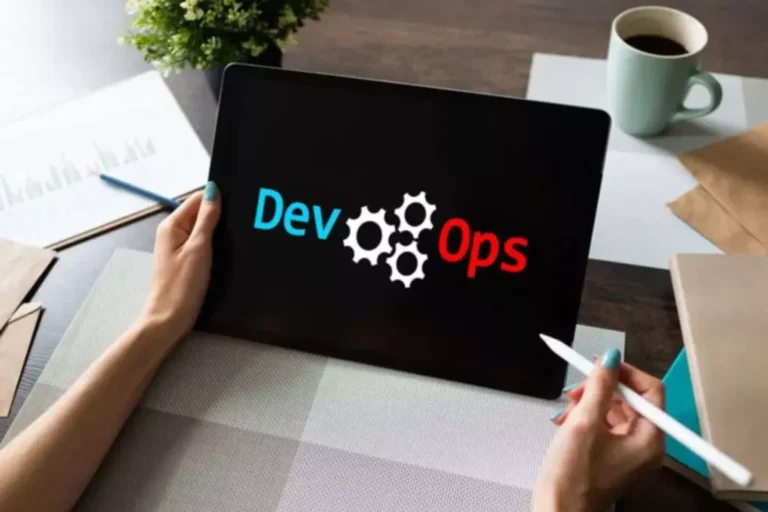The techniques are grasping as a outcome of they demand large sets of training information. Brittle as a outcome of when a neural net is given a “transfer test”—confronted with scenarios that differ from the examples utilized in training—it can’t contextualize the state of affairs and incessantly breaks. They are opaque because, unlike conventional programs with their formal, debuggable code, the parameters of neural networks can solely be interpreted when it comes to their weights within a mathematical geography. Consequently, they are black boxes, whose outputs can’t be defined, raising doubts about their reliability and biases. Lastly, they are shallow as a result of they are programmed with little innate information and possess no widespread sense concerning the world or human psychology.
There are still sure limitations to the know-how right now. Right Here are six of the major limitations facing information scientists right now. AI techniques are susceptible to varied safety threats and adversarial attacks, where malicious actors manipulate inputs or exploit vulnerabilities to deceive or sabotage AI fashions.
Every new disruptive technology has its personal execs and cons and AI is not any exception to this rule. Privateness, knowledge protection, and the rights of individuals pose social and moral challenges. Compared to natural intelligence, artificial intelligence produces a selected epistemology, ontology, and, most importantly, ethical framework. In this text, I will primarily tackle the need of this framework in two components. The first chapter will explore the issue of recognition by way of the lens of the physique, boundaries, and variations. Right Here, I will delve into the reasons why humanism privileges sure views, critique humanism itself, and present arguments for why subalternity is a viable different for the existence of AI.
High 10 Limitations Of Synthetic Intelligence
These self-driving vehicles have cameras on them, and one of the things that they’re trying to do is acquire a bunch of data by driving around. If you’re a company where marketing and gross sales is what drives the value, that’s actually the place AI can create essentially the most worth. If you’re an organization where operational excellence matters the most to you, that’s where you can create essentially the most worth with AI. If you’re an insurance coverage firm, or if you’re a financial institution, then risk is actually essential to you, and that’s another place where AI can add worth. It goes by way of every little thing from managing human capital and analyzing your people’s performance and recruitment, et cetera, all by way of the entire enterprise system. We see the potential for trillions of dollars of worth to be created annually across the entire economy Exhibit 1.
- This article asks how can we articulate the restrict of synthetic intelligence, which nearly has no limit?
- He believes it’d just “free humanity from the burden of repetitive work.” But on the lofty aim of so-called “general” AI intelligence that deftly switches between tasks just like a human?
- In the quick term, persons are asking, how could this be a great tool for me today?
- This poses challenges for views like the “singularity” speculation that predict exponentially growing artificial intelligence.
- The AI Act does not do sufficient to protect the privateness of people indirectly utilizing AI systems-third parties.
That idea, and the phrase from “atoms to bits,” finds its origin with Nicholas Negroponte, co-founder of the MIT Media Lab, in his book Being Digital, revealed 30 years in the past. That statement, made on May 8, 2025 in testament earlier than the Senate Power and Natural Assets Committee, didn’t come from an energy govt. It came from Sam Altman, CEO of OpenAI, the firm that developed ChatGPT and launched the age of synthetic intelligence. 73% of people report personally experiencing or observing benefits of AI, together with reduced time spent on mundane duties, enhanced personalisation, reduced prices and improved accessibility. It discovered that although 66% of people are already deliberately using AI with some regularity, lower than half of global respondents are willing to belief it (46%). Open Access is an initiative that goals to make scientific research freely available to all.
But not from the point of view of technology, somewhat from the viewpoint of impact. Legal Professionals are skilled to be cautious, which can come on the expense of creativity and adaptation. In The Meantime, most dispute decision right now occurs outside the traditional authorized system—and usually without lawyers.

This doesn’t mean AI is currently out of control, however the development of self-improving techniques requires proactive management. The drawback of “artificial intelligence” is becoming increasingly related right now. This article considers primarily a retrospective evaluation of the research ai limitation of the probabilities of artificially created mechanisms that first carry out primitive actions and then more complex ones, together with thought processes.
The excellent news, although, is that we’re beginning to make progress on some of these things. One of the methods by which we’re making progress is with so-called GANs. These are more generalized, additive fashions where, as opposed to taking massive amounts of fashions on the similar time, you virtually take one characteristic mannequin set at a time, and also you build on it. In the bodily world, whether you’re doing self-driving cars or drones, it takes time to exit and drive a complete bunch of streets or fly an entire bunch of issues. To try to enhance the pace at which you’ll be taught a few of those issues, one of many issues you are in a position to do is simulate environments. By creating these digital environments—basically within an information heart, mainly within a computer—you can run a whole bunch extra trials and study a whole bunch more things by way of simulation.
It hopefully will result in startling discoveries whose implications transcend mere people and firms. We contemplate our intelligence inherently human and unique. One of the popular questions that arises is that if robots can do precisely whatever people can and in essence become equal to humans, do they deserve human rights? If so, how far do you go in defining these robotic’s rights?

His analysis pursuits include proof theory and the history and philosophy of recent mathematical logic, foundations of computer science and the philosophical reflection of science as presently propagated in artificial intelligence. We know that the overwhelming majority of the methods, in the end, are largely classifiers. Then understanding if the type of drawback sets in your business system are ones that seem like classification problems; in that case, you’ve an infinite opportunity.
We enter unique territory with the nature of demand for bits compared with calls for on the planet of atoms. In the domain of atoms (buildings, meals, cars) there are clear limits to how a lot society can eat as wealth rises. But within the domains of bits, of data, there aren’t any bounds. Some forecasters dismiss predictions of soaring AI power use as hype, arguing that effectivity positive aspects are coming fast and can tamp down rising energy demand.
The Real-world Potential And Limitations Of Artificial Intelligence
The current IEA examine on the topic, a 300-page tome titled “Energy and AI,” notes that a single large Prompt Engineering AI knowledge heart can use as much electrical energy as 2 million households. Lighting up digital infrastructures quickly will entail calls for equal to reliably powering hundreds of hundreds of thousands of recent households. As self-improving AI methods advance, they bring both immense alternatives and severe risks.
The Limits Of Synthetic Intelligence
One of the things, for instance, is researchers at Microsoft Research Lab have been working on instream labeling, the place you’ll really label the information by way of use. You’re making an attempt to interpret primarily based on how the data’s being used, what it truly means. This concept of instream labeling has been around for quite some time, however in latest years, it has started to reveal some quite remarkable outcomes. This problem of labeling is one we’re going to be with for quite a while. Is it fair to say that it’s not simply the public who’ve misconceptions about AI, but scientists and specialists as well?
The use of AI technology arouses ethics ideas and social issues similar to privacy, safety, fairness (or justice), in addition to the ideas of accountability or transparency. The researchers say that, due to this paradox, there are instances the place good neural networks can exist, yet an inherently trustworthy one cannot be built. “No matter how correct your information is, you presumably can by no means get the proper information https://www.globalcloudteam.com/ to build the required neural network,” said co-author Dr Vegard Antun from the College of Oslo. I can indulge myself and readers can take it or leave it once we’re talking about something so completely socially important. As the public decision of disputes, we must be utilizing all potential tools and methods to make it more affordable and to maximize its high quality.
It’s a bizarre means of taking a look at this remarkable know-how. As A Outcome Of It seems to me entirely evident that at some stage it is going to be delivering outcomes using its energy and its distinctive capabilities quite than replicating what people do. Automation is what most individuals think of after they consider know-how that we take some sort of inefficient task or process or exercise and computerize it or optimize it. And the primary sixty five years of authorized technology has been a narrative of automation. We Have grafted expertise onto our current authorized procedures, processes, and dealing practices, and hopefully made them extra efficient on the identical time. I use innovation as a substitute for this, and we’ve seen it in so many other sectors, use this word in a very specific sense to mean the utilization of technology to allow us to do things.


